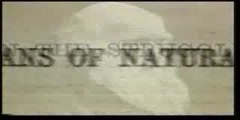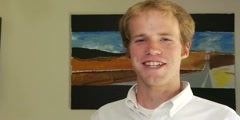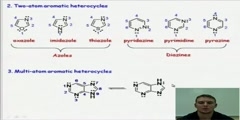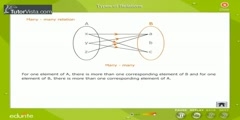Lec 22 - Durkheim and Types of Social Solidarity
"Lec 22 - Durkheim and Types of Social Solidarity" Foundations of Modern Social Thought (SOCY 151) Emile Durkheim, a French scholar who lived from 1858 until 1917, was one of the first intellectuals to use the term "sociology" to describe his work. In the early years of his career, Durkheim's orientation was functionalist (The Division of Labor in Society) and positivist (The Rules of Sociological Method); in the early twentieth century he took a cultural turn and became interested in religion (The Elementary Forms of Religious Life). Throughout his career, Durkheim was a methodological collectivist, and—unlike Marx and Weber, who were interested in social conflict—was consistently interested in what holds society together. Durkheim argues in The Division of Labor in Society that the type of social solidarity has changed, due to the increasing division of labor, from mechanical solidarity between similar individuals to organic solidarity based on difference. Inspired by Montesquieu, Durkheim tracks this change in types of solidarity and change in what he termed the "collective conscience" by looking at a shift in law, from penal law focused on punishing individuals to restitutory law based on contract. Durkheim believed that society would function better if individuals labor at different and complementary tasks with the same vision or goal in mind. 00:00 - Chapter 1. Durkheim in a Historical Context 17:17 - Chapter 2. "The Division of Labor in Society": Major Themes 26:16 - Chapter 3. The Law in Pre-modern and Modern Societies 31:41 - Chapter 4. Mechanical Solidarity and Organic Solidarity Complete course materials are available at the Open Yale Courses website: http://open.yale.edu/courses This course was recorded in Fall 2009.
Video is embedded from external source so embedding is not available.
Video is embedded from external source so download is not available.
Channels: Sociology
Tags: Lec 22 - Durkheim and Types of Social Solidarity
Uploaded by: yalemodsocialth ( Send Message ) on 14-09-2012.
Duration: 37m 39s
Here is the next lecture for this course
Lec Last - Durkheim and Social Facts
51:09 | 3272 viewsLec 5 - Legal Studies 160 - Lecture 5: Co ...
01:16:29 | 2872 viewsLec 23 - Durkheim's Theory of Anomie
46:42 | 3211 viewsLec 24 - Durkheim on Suicide
50:49 | 3239 viewsLec 22 - The Impact of Evolutionary Thoug ...
47:26 | 4093 viewsSolidarity Among Animals!
04:03 | 6685 viewsLec 4 - TagTeam: Enhanced Social Tagging ...
04:35 | 4231 viewsTypes of currents and their measurements
01:17 | 5743 viewsRecognizing Alcohol and Drug Addiction Ty ...
00:48 | 7288 viewsHeterocycles and its types
07:03 | 5107 viewsTypes Of Relations
03:08 | 5321 viewsTypes of Bone Fractures
02:07 | 10430 viewsBipolar Disorder Types Overview
04:09 | 5194 viewsBipolar Disorder Types
04:09 | 5483 viewsBreast Cancer Types
02:58 | 7497 viewsNo content is added to this lecture.
This video is a part of a lecture series from of Yale
Lecture list for this course
Lec 2 -Hobbes: Authority, Human Rights and Social Order
Lec 3 -Locke: Equality, Freedom, Property and the Right to Dissent
Lec 4 -The Division of Powers- Montesquieu
Lec 5 - Rousseau: Popular Sovereignty and General Will
Lec 6 - Rousseau on State of Nature and Education
Lec 7 - Utilitarianism and Liberty, John Stuart Mill
Lec 8 - Smith: The Invisible Hand
Lec 9 - Marx's Theory of Alienation
Lec 10 - Marx's Theory of Historical Materialism (1)
Lec 11 - Marx's Theory of Historical Materialism (cont.)
Lec 12 - Marx's Theory of History
Lec 13 - Marx's Theory of Class and Exploitation
Lec 14 - Nietzsche on Power, Knowledge and Morality
Lec 15 - Freud on Sexuality and Civilization
Lec 16 - Weber on Protestantism and Capitalism
Lec 17 - Conceptual Foundations of Weber's Theory of Domination
Lec 18 - Weber on Traditional Authority
Lec 19 - Weber on Charismatic Authority
Lec 20 - Weber on Legal-Rational Authority
Lec 21 - Weber's Theory of Class















